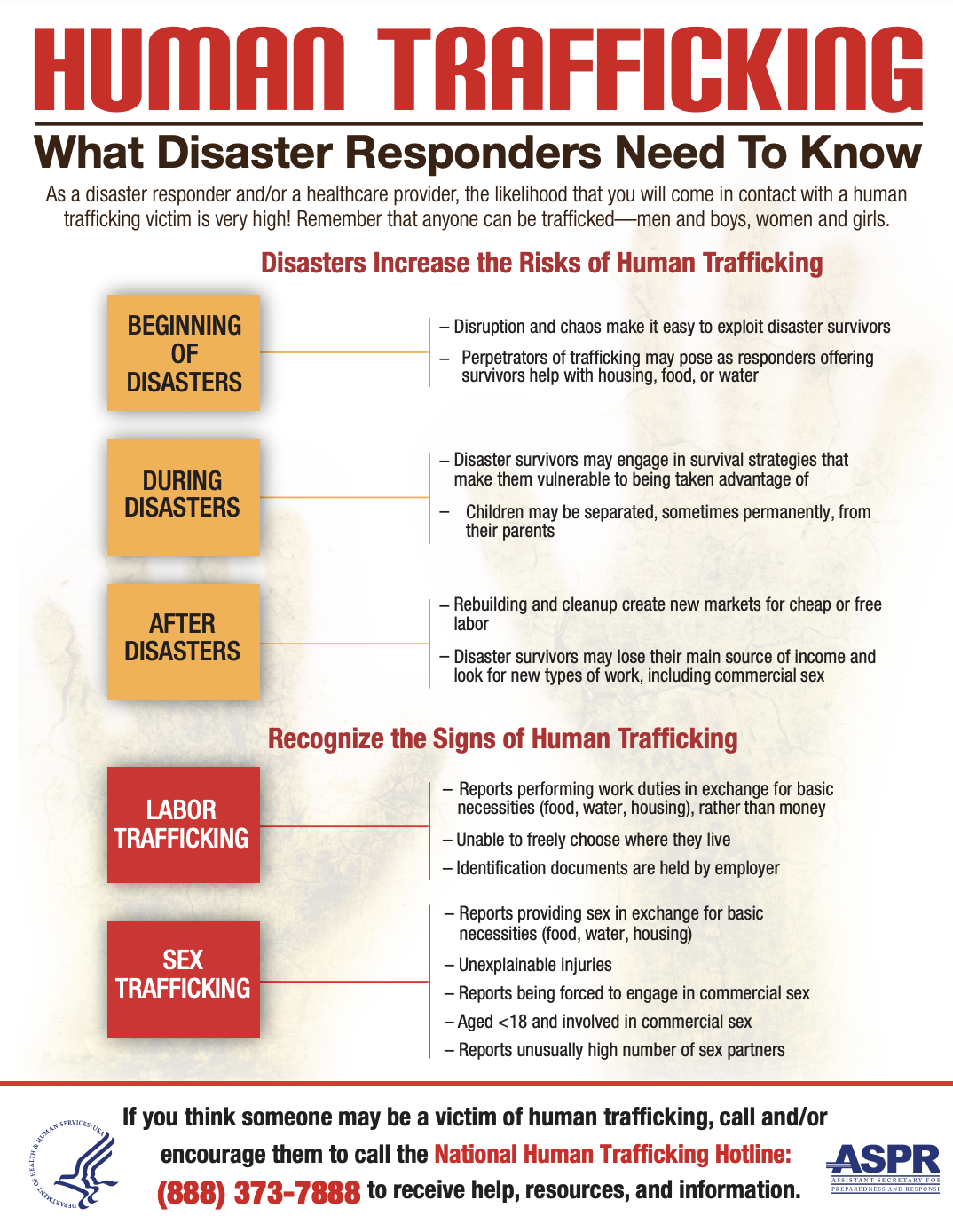The Security Implications of Human Trafficking
GuidanceA new report from the Women and Foreign Policy program, launched this week, highlights the security implications of human trafficking and offers recommendations to prevent human trafficking and advance U.S. security interests. Human tra...Read More


